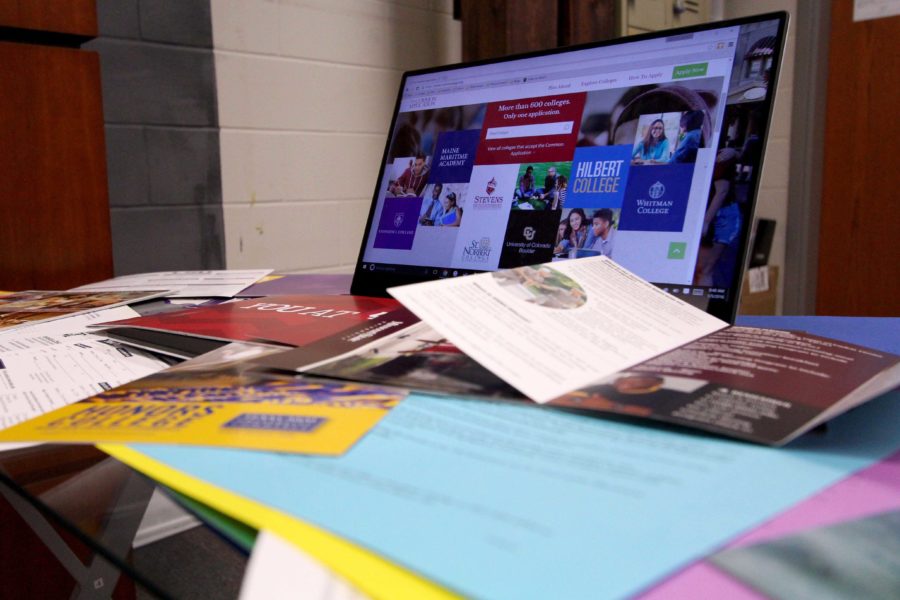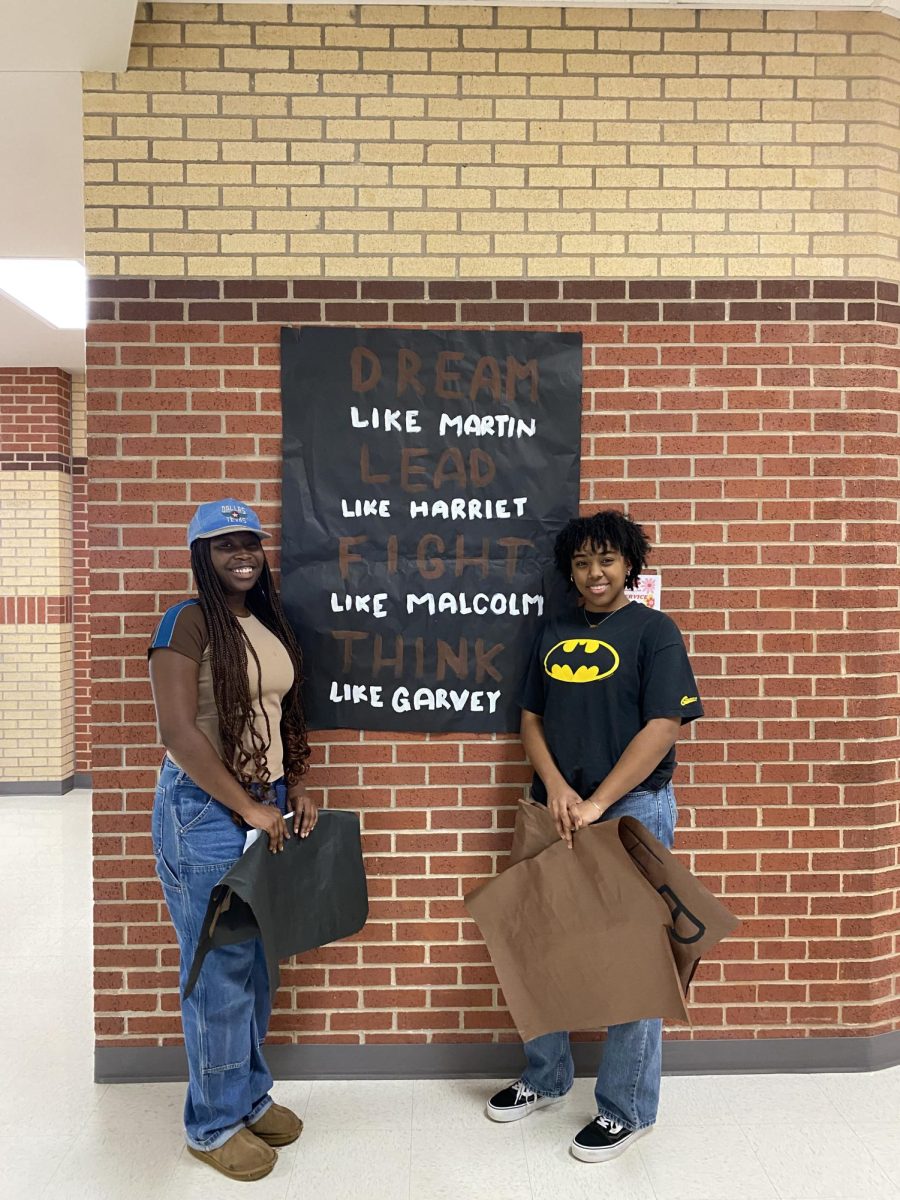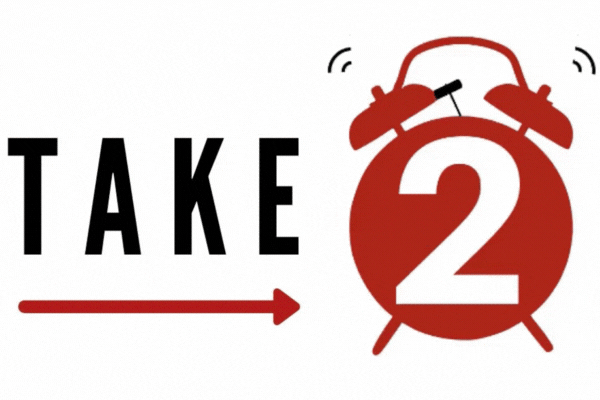Applying to college can be a stressful process, but waiting for acceptance–or rejection–is often much more nerve-wracking. Senior Ben Ominara was recently accepted to Texas A&M University, his dream school, and claims that the pressure was worth the outcome.
“Non-stop standardized tests and eight AP classes was living hell,” Ominara said. “Crying myself to sleep was reasonable. But once you get that acceptance letter, college acceptance is a natural high and you just feel like you have wings.”
Other seniors accepted to their ideal universities often agree that the stress is worth it. But while seniors tend to be the most concerned about post-graduation plans, a survey by The Red Ledger polling students on college preparation confirms that upperclassmen are not the only ones thinking about their futures.
Of the 100 high school students who answered questions, 64 consider higher education “very important,” and 85 percent of students plan on attending a four-year university. While the high school’s numbers are slightly higher than the national statistics for students that plan on going to college (75 percent), trends indicate that across the country, more students are interested in getting a degree.
These numbers, coupled with the rising cost of college, are factors contributing to the increased competition associated with college acceptance and success.
For students with well-established college plans, these factors can be stressful: the poll indicated that 82 percent of students are “somewhat stressed” to “very stressed” about higher education.
“I’ve wanted to go to Baylor since fourth grade,” senior Abby Martin said. “Both of my parents went there, and I’ve just always loved everything about Waco. I got into Baylor over Thanksgiving Break, and it was exciting because all that stress wasn’t there anymore. All your hard work pays off.”
Though the anxiety students experience comes from a variety of sources, the most common, according to the survey, come from either parent- or self-inflicted pressure (as opposed to friends). Wherever the pressure originates, however, many of the same 100 students reported that it can also lead to the stigma that is associated with attending community college.
Out of the same 100 students, 39 said that a community college education provides the same quality as a four-year university education, while 30 voted junior college not as beneficial. Though quality may or may not be sacrificed, the 43 students said that a stigma does exist for students who choose not to attend a four-year university after graduation.
“To anyone I’ve heard say that community college is for people who didn’t get good grades, it’s actually a very good option for people who want to get a college education but don’t exactly have the means to do that at an expensive university,” senior Jordan Toomey wrote in a recent Red Ledger column. “At community college, I could get the same type of education for far less money, and I could later transfer into a big university with scholarships.”
And for a school where only 7 percent of students think college is not often recommended by teachers, counselors, and classmates, community college attendance may continue to rise. Junior colleges like Collin College offer a less-stressful alternative to paying the tuition required at a “big university.”
Yet a competitive, educated, (though jobless) generation of students, coupled with the stigma that still surrounds community college, will probably continue to accumulate student debt. This holds true for the 59 percent of students who begin trying, even beginning during freshman year, to appeal to colleges by taking AP courses, dual credit classes, and tests like the ACT or SAT.
All of these activities culminate with application season of a student’s senior year of high school, when students nearing graduation consider a variety of colleges and careers.
“At SMU we used to have a quote: ‘Applying to college is an activity you didn’t know you signed up for senior year,’” college and career counselor Randy Trevino said. “With all the extracurricular activities you have going on, in addition to your courses, you still have multiple colleges you might be applying to. It can be a pretty intense activity to find schools and go through the application process.”
For a school where the vast majority of students attend a university after graduation, the stress students seem to increasingly experience may be linked to social norms.
“We’re about 95 percent college-going,” Trevino said. “Some of the programs we’ve put in place must be working, because we’ve noticed that this year’s senior class is definitely more engaged and aware than past groups. We have an unquestionable college-going culture at Lovejoy High School.”























Austin Wyatt • Jan 14, 2016 at 10:33 am
I’m finally done with applications, and since we’re in the second semester of senior year I can relax a whole lot more. It’s really nice to not have to worry constantly about school and applications. I’m only somewhat nervous about hearing back from colleges.